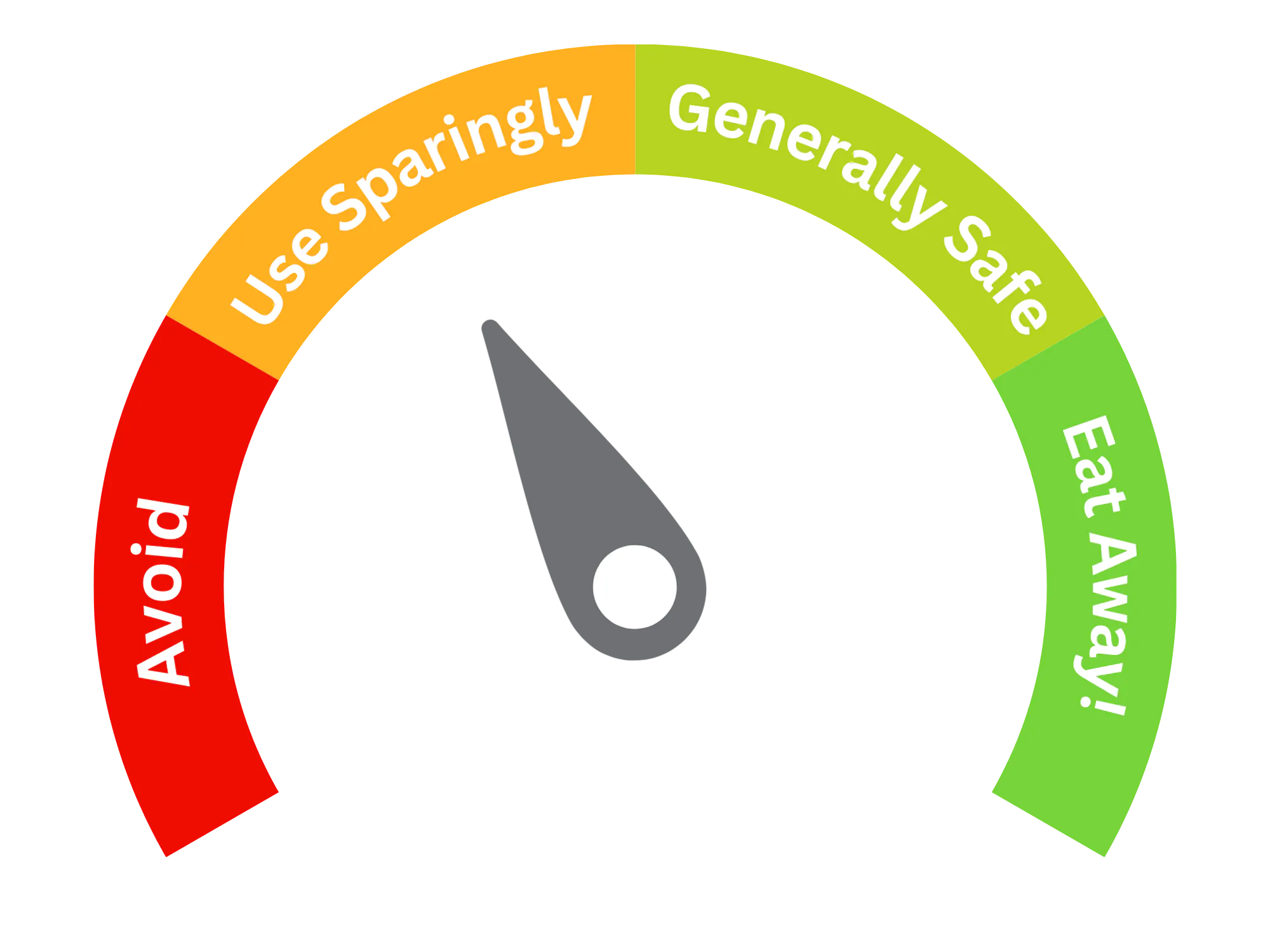Ethyl Gallate (E313)
| Type of additive (Glossary) | Antioxidants |
| E Number | E313 |
| Chemical Formula | C9H10O5 |
| Also Known As | Phyllemblin Gallic Acid Ethyl Ester |

Purpose and Function
Ethyl Gallate (E313) is used in the food industry as an antioxidant. It helps to prevent the oxidation of fats and oils, thus extending the shelf life of food products and preventing rancidity. It is often used in combination with other antioxidants like BHA (E320) and BHT (E321) for enhanced effectiveness. Common applications include:
- Oils and fats: Added to cooking oils, margarine, and butter to prevent spoilage.
- Snack foods: Helps delay oxidation in fatty snacks like chips and nuts.
- Baked goods: Used in pastries, cakes, and other baked products to maintain freshness.
- Processed meats: Helps prevent fat oxidation in products such as sausages and other processed meats.
- Beverages: Sometimes used to stabilize certain drinks, especially those containing fats.
Ethyl Gallate (E313) is effective at protecting products containing fats and oils from spoilage, making it useful for extending shelf life.
Potential Risks and Side Effects
Ethyl Gallate (E313) is generally considered safe when used within regulated limits, but some considerations include:
- Allergic reactions: Although rare, some individuals may experience allergic reactions, such as skin rashes or gastrointestinal discomfort.
- Potential toxicity: At very high doses, animal studies have indicated possible adverse effects, though such levels are much higher than those found in regulated food products.
- Regulatory approval: Ethyl Gallate (E313) is approved for use in some countries, though its use is more limited compared to other antioxidants. Regulatory agencies have established guidelines on its allowable amounts in food products to ensure safety.
While Ethyl Gallate (E313) is an effective antioxidant, its use is carefully regulated to ensure safety in food products.
